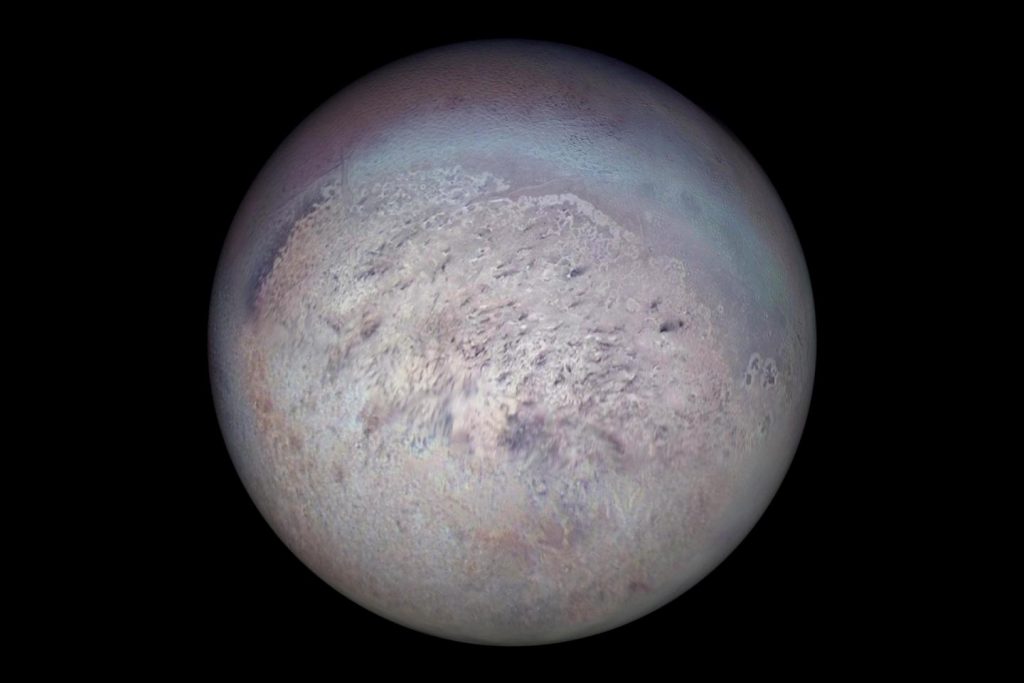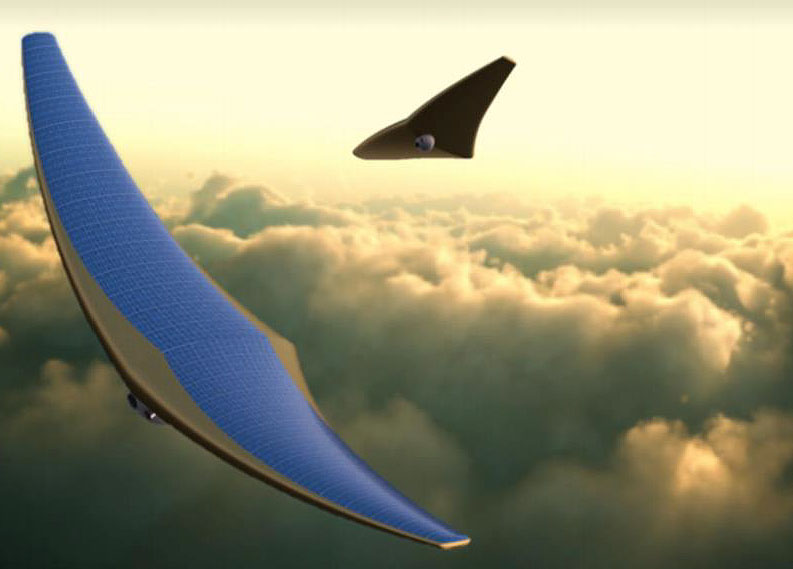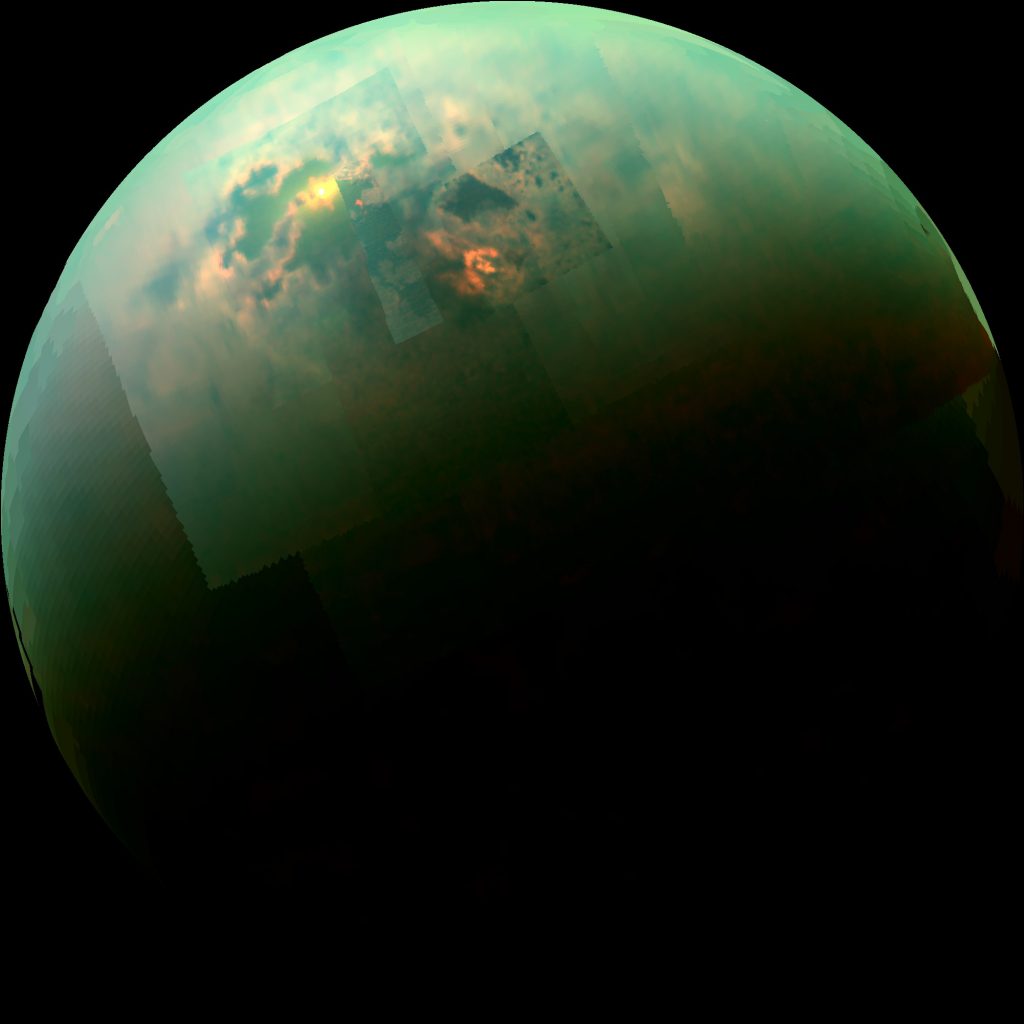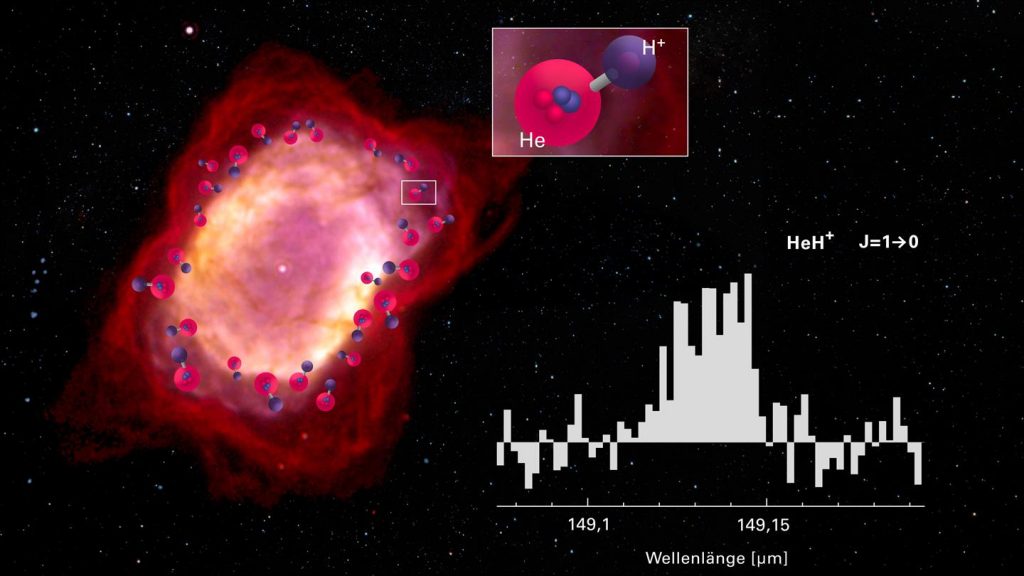Into space with Blue Origin: test seating in New Shepard
In 2019, the private space travel company Blue Origin is still planning on being the first private organization to bring humans above the Karman line to an altitude of 100 kilometers (62 miles) and thus officially into space. The company founded by Jeff Bezos (Amazon) is setting its hopes on the “New Shepard,” a suborbital rocket with a passenger and cargo capsule that is launched and also landed by remote control – and is also reusable. It’s not yet clear how expensive the flights will be, but its competitor Virgin Galactic offers something similar for $250,000 (but not with…







